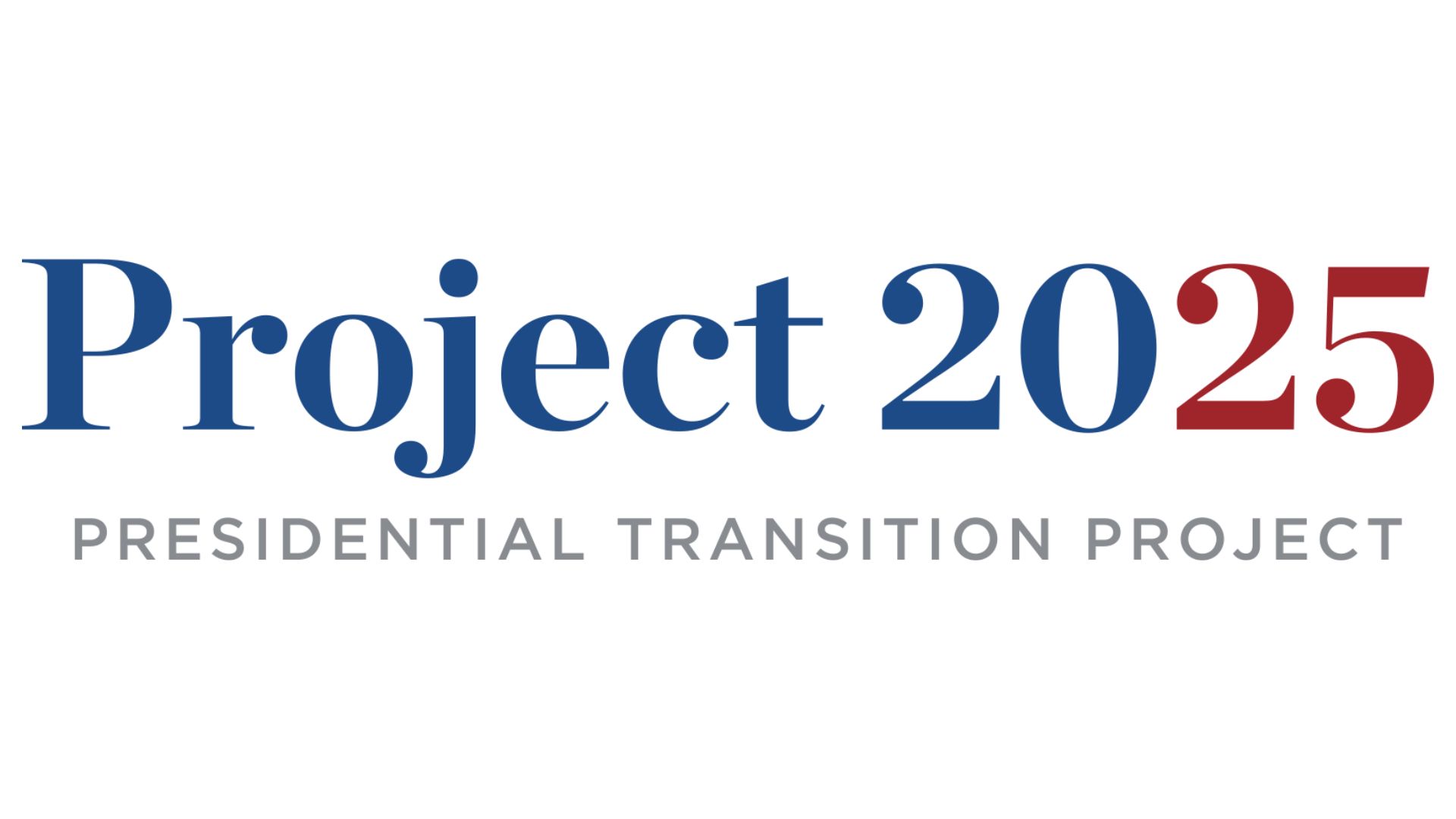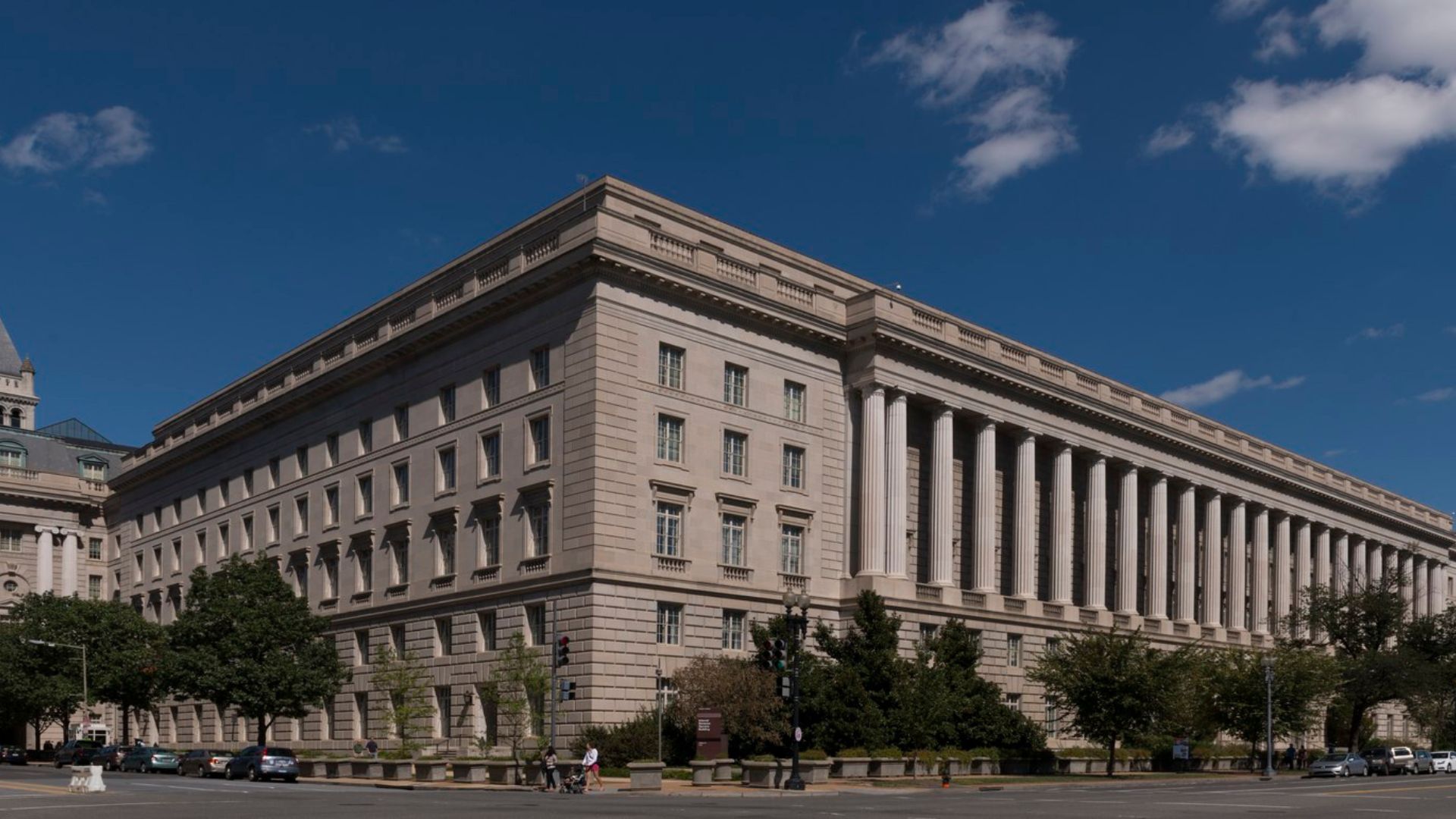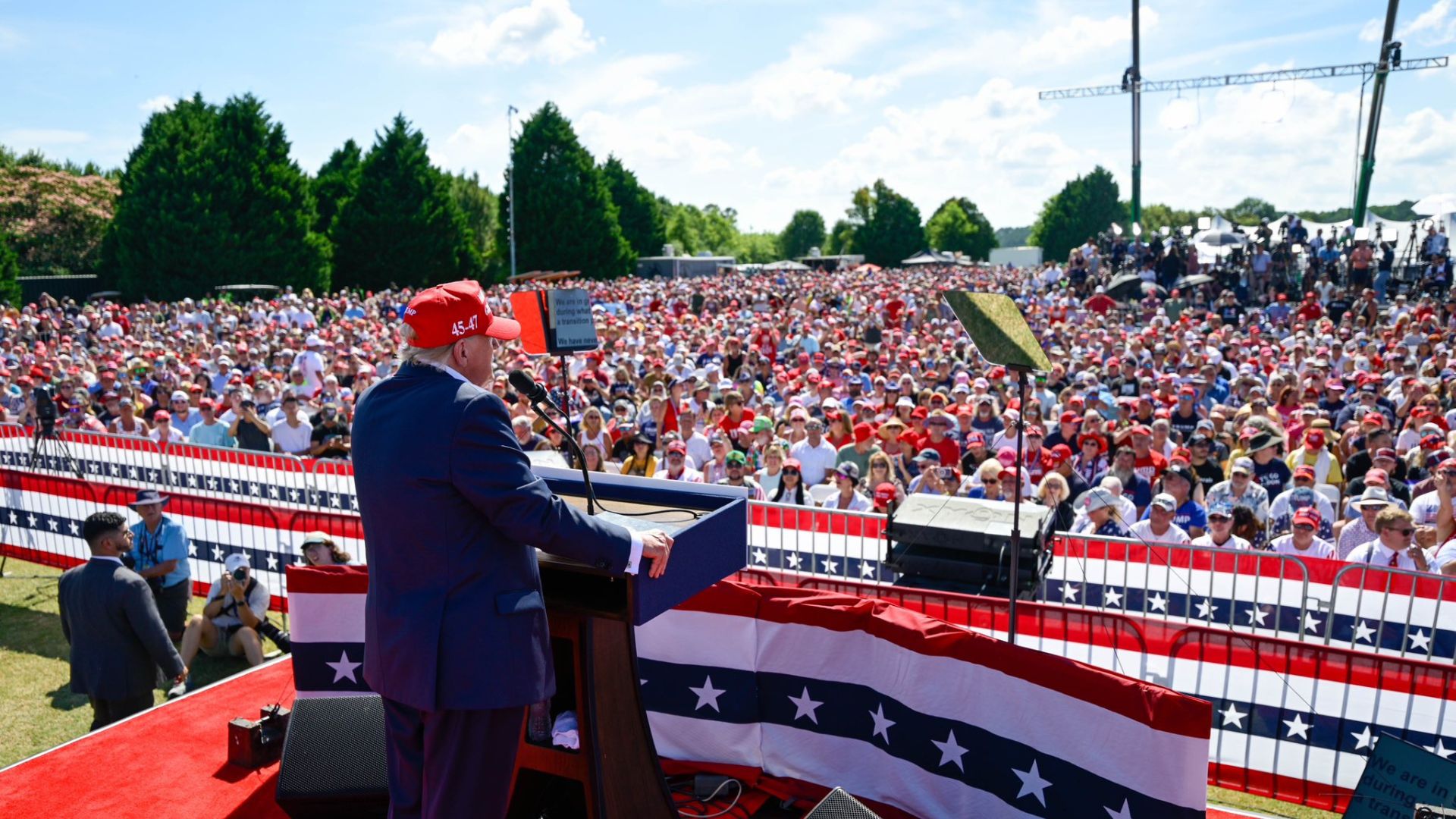There’s a buzz around Project 2025 and its bold blueprint to overhaul the U.S. tax system.
Tucked inside a detailed 900-page document aimed at the next Republican administration, these proposals aim to simplify federal bureaucracy across the board, not just taxes.
Who’s Leading Project 2025?

The project is spearheaded by Paul Dans and Spencer Chretien, both former members of the Trump administration and currently with the conservative Heritage Foundation.
They’re crafting a governance blueprint, fully baked and ready to launch with the next conservative president.
Trump Steps Back

Despite the momentum around Project 2025, Donald Trump has publicly stepped back from it.
He clarified on Truth Social: “I know nothing about Project 2025. I have not seen it, have no idea who is in charge of it, and, unlike our very well received Republican Platform, had nothing to do with it.”
Simplifying the Tax Brackets

Imagine a tax system with only two brackets—this is what Project 2025 proposes.
By reducing the number from seven, the plan aims to streamline the way Americans file taxes, potentially shaking up financial obligations for many.
New Tax Rates on the Horizon

Under the new framework, everyone earning up to $168,000 would pay a flat tax rate of 15%, while those earning more would face a 30% rate.
It’s a straightforward approach meant to cut through the current maze of deductions, credits, and exclusions.
Impact Across Income Spectrums

With fewer brackets, the proposed tax structure would likely ease tax burdens for wealthier Americans but could increase them for the middle class.
This shift away from a progressive tax model represents a major change in how tax responsibilities are distributed.
Corporate Tax Cut

Project 2025 includes a plan to drop the corporate tax rate to 18% from 21%, aiming to spur business investment and growth.
This is a nod to the 2017 Tax Cuts and Jobs Act, but going even further.
Rethinking Investment and Consumption Taxes

The plan isn’t just about income taxes; it suggests reducing the capital gains tax to 15% and potentially introducing a national sales tax.
These measures could alter the dynamics of investing and spending significantly.
Green Energy Credits in the Crosshairs

The proposal also considers eliminating incentives for green energy projects previously bolstered by the Inflation Reduction Act.
This could have wide-reaching effects on the environment and the economy related to renewable resources.
A New Role for the Federal Reserve

Project 2025 might also transform the Federal Reserve’s responsibilities.
In particular, its mandate to maintain full employment is at risk, potentially reshaping its intervention strategies during economic downturns.
The Congressional Gauntlet

To turn these tax proposals into law, bipartisan support in Congress is essential.
The process could be fraught with political challenges, depending on the makeup and mood of both the Senate and the House.
Trump’s Tax Vision for the Future

While keeping his distance from Project 2025, Trump has voiced plans to continue the tax cuts from the Tax Cuts and Jobs Act if re-elected.
His approach seems geared towards maintaining lower taxes, possibly by cutting back on spending elsewhere, like environmental programs.
